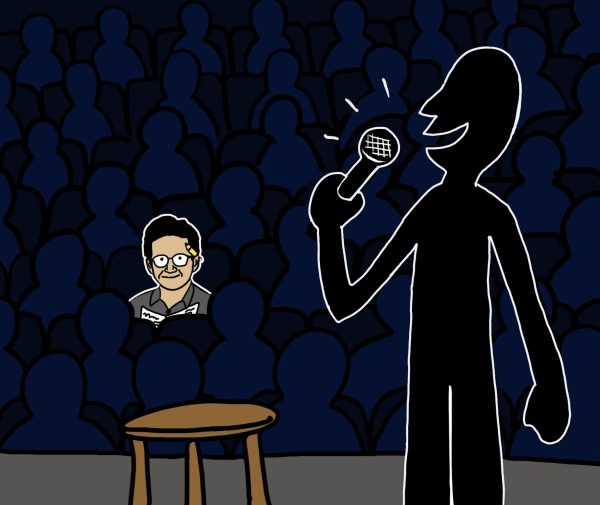Train to Busan transcends the zombie movie narrative
October 20, 2020
Let’s face it, zombies are absurd, right? Bloodhungry, revived corpses that run around with their arms hanging in front of them, waiting to feast on their next victim and spreading their virus around the globe. I think most of us can agree, zombies are quite ridiculous. Zombie’s outlandish nature is why Ruben Fleischer’s Zombieland (2009), starring Jesse Eisenberg and Woody Harrelson, was a hit. The film pokes fun at the idea while having incredibly likable characters who all have great chemistry. Yeon Sang-ho’s 2016 Train to Busan, does the opposite. How is a movie that takes zombies seriously able to deliver gut punching emotions and immense thrills?
The Korean zombie thriller follows businessman Seok-woo as he takes his daughter Su-an on a train headed for Busan to visit her mother despite a virus outbreak, causing a zombie apocalypse. Right as the train doors close, an infected woman scrambles on looking for safety, but she ends up infecting passengers, causing an outbreak on the train. Our protagonists must fight for their lives in a claustrophobic space as the world around them descends into chaos.
If it weren’t for the unique setting, the sense of urgency felt throughout the film would be lost, and you’d have yourself another stereotypical zombie flick. Director Yeon Sang-ho fantastically allows the audience to feel the cramped train cars along, as if they are sitting with the horrified passengers. As the situation becomes more dire, I continually felt like I was a part of the story—interacting with characters. The action sequences are top-notch. You can see every zombie, every kick, every punch and, most importantly, every death. The action isn’t hard to follow. We can make out our characters ferociously battling through train cars and sprinting through stations with zombies hot on their tail. You can’t have a good disaster movie without having stellar, beautiful looking action sequences.
Other zombie movies tend to focus on the societal impacts zombies create. They have enormous action scenes, massive explosions, and massive open world settings, but that’s still not enough to make them that good. Fun, yes. Good, not so much. The characters usually have a very cliched arc, and that just makes the watcher not care. Unlike films relying on overused zombie troupes and sequences, Sang-ho focuses his characters in Train to Busan.
Every character has their own story. They each have their own reason for being on the train, and they each have a reason for us to care about them. A man trying to protect his daughter, a little girl who just wants to see her mom, a kind man and his pregnant wife who can’t wait for the birth of their child and a baseball player traveling with his beloved teammates. Each of them have to go through something that is personal to them, and that makes us care about the characters. While in other zombie movies we focus too much on the disaster or the world, Train to Busan really makes us feel something as we desperately want no harm to come to the antagonists.
Without the original setting, fabulous action, and incredible characters, Train to Busan would just be another lost zombie movie, but instead it’s become a worldwide favorite full of thrills, scares and emotion.




















